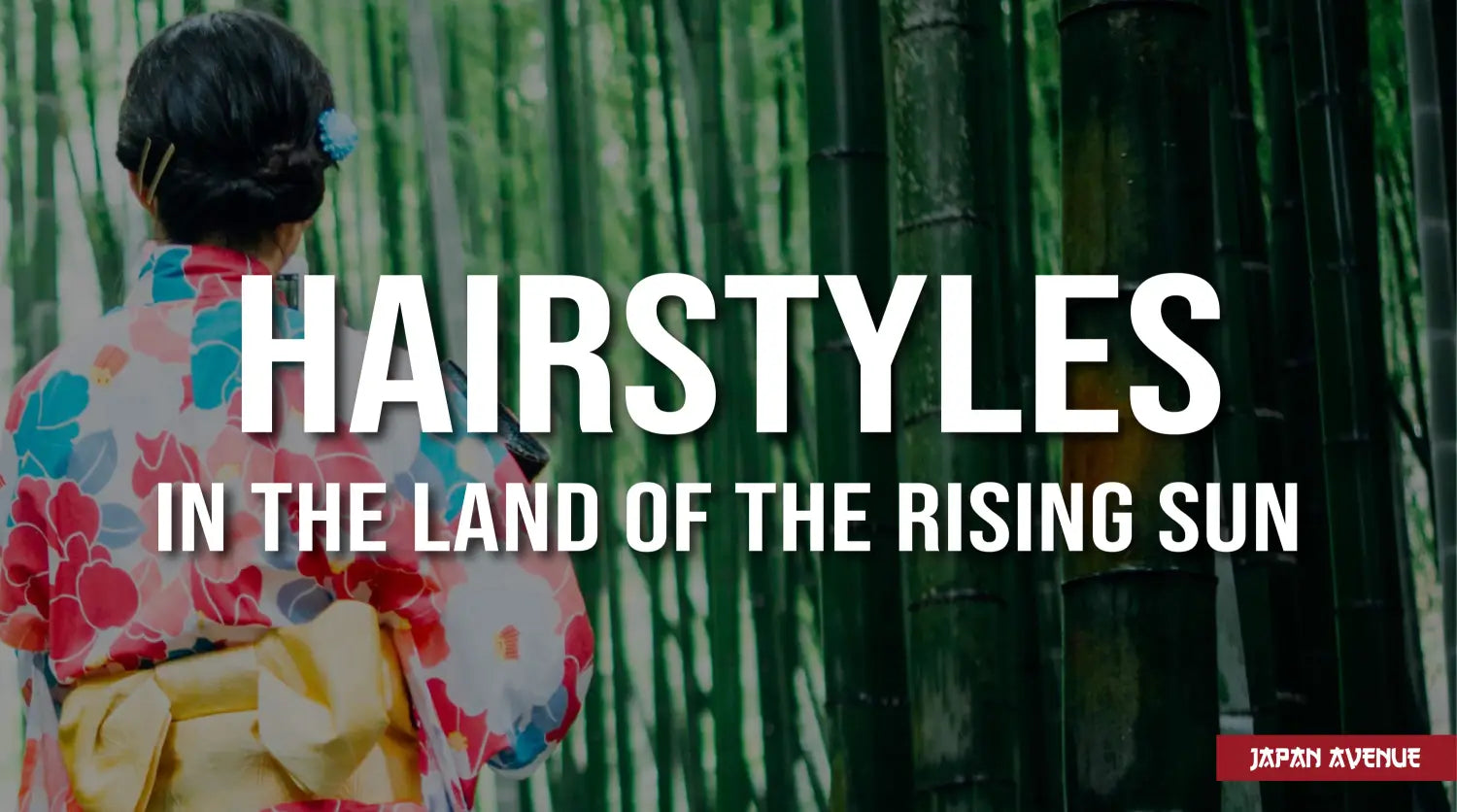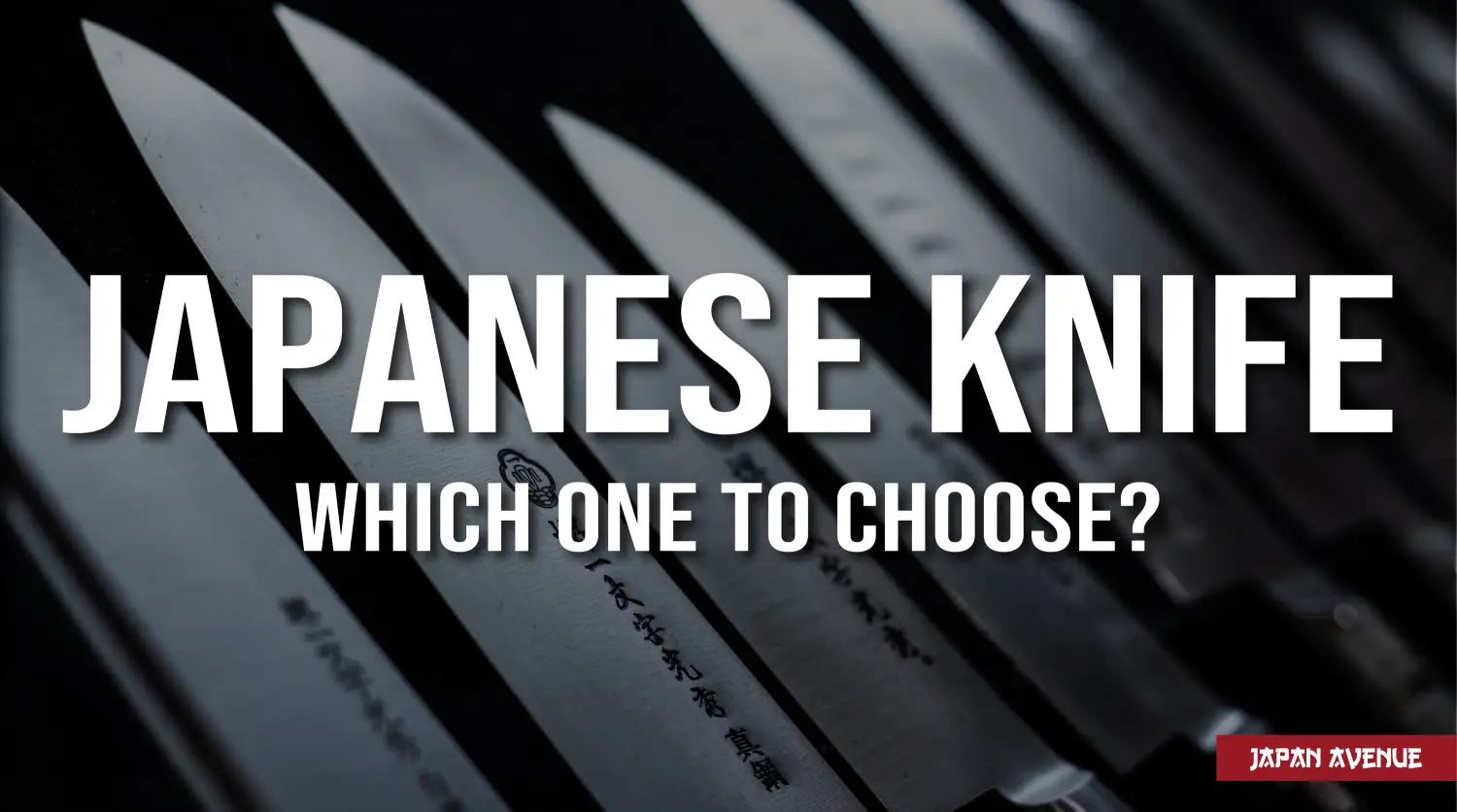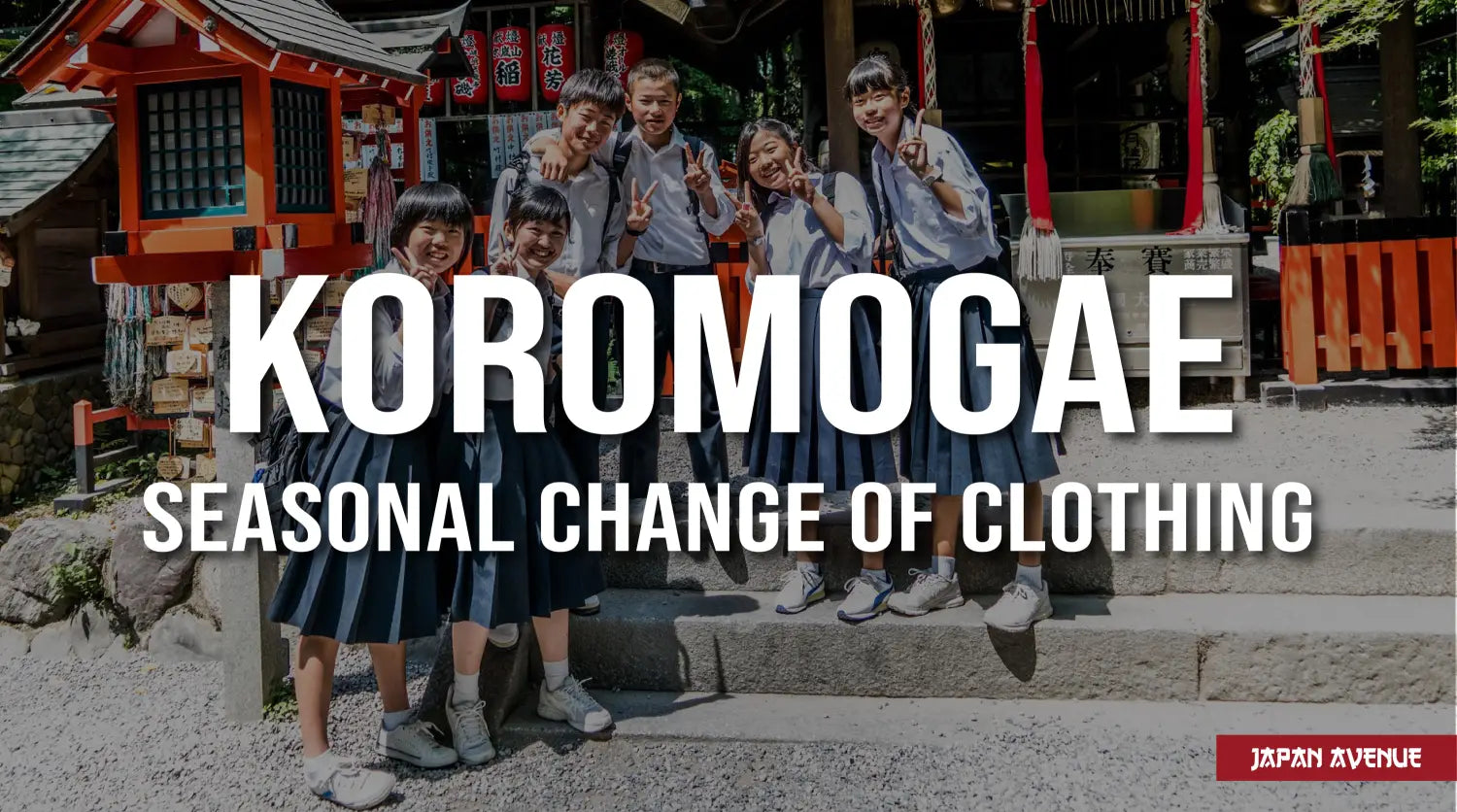In Japanese culture, every single detail has its own meaning. Nothing is left to chance and even a haircut can have an ancestral origin full of symbols...
Have you ever wondered why samurai, geisha and sumo wrestlers combed their hair the way they did? How did these hairstyles become a status marker in the society of that time?
Learn more about the history of Japanese hairstyles, as well as the ceremonies and accessories that are related to them.
Meaning and symbolism of hair in Japanese culture
Hair: symbols of life and death

Izanagi. Source: deviantart.com @Ioruko
In Japanese, "hair" and "god" are pronounced the same: kami. In the Kojiki: Chronicle of Ancient Times, the classic of Japanese mythology, the deity Izanagi pulls a comb out of her hair and uses it to produce light and escape from the Underworld. Her hair is then transformed into grapes in order to distract the fury that was chasing her. In the oldest legends, hair and hair accessories have a divine power.
If you have ever watched Japanese horror movies, you will have noticed that the spirits often have the same appearance: long, unkempt hair. When hair is unkempt, it symbolizes fear, evil. For example, in the movie The Grudge, the endless black hair is a character in its own right. When they appear, the spectator understands that a horrific scene is about to happen. The hair itself becomes an ominous presence.
If you want to know more about these terrifying beings, read our article about Yurei, ghost stories.
Rites and ceremonies linked to hair

Ashitaka. Source: celebrity.fm
In Japan, cutting one's hair is symbolic and part of a rite of passage. At the beginning of the anime film Princess Mononoke by Studio Ghibli, Ashitaka has long hair. But, suffering from a curse, he understands that he is doomed and leaves his village for good. To mark this passage from life to death, the character cuts his hair.
During the Heian period, women used to cut their hair to prove that they were faithful to their husbands. This practice gave rise to a veritable black market where hair could be purchased in order to create the proof of fidelity.
During the Genpuku ceremony, the rite of passage to adulthood ( nowadays known as the Seijin Shiki), boys had to shave their hair in the front and on top of their head in order to look like a samurai and thus become an adult.
Traditional hair accessories in Japan

Accessories are just as important as the hair they embellish. Japanese women take great care in choosing their Kanzashi, beautiful traditional hairpins. Here are some examples:
- Hana Kanzashi: colorful and worn by geisha apprentices. They feature flowers that change according to the season or the event being attended. These pins are covered with a Kushi, a Japanese wooden comb.
- Bon-ten: rounded pins. Have a larger size and are positioned on top of the head.
- Bira-bira: two sticks that join together to form a round plate, decorated with small rings that jingle together when moving or when the wind blows.
- Ogi-bira: this pin has fine metallic threads. It looks like a beautiful fan and is associated with the "princess" style.
- Kogai: composed of two pieces, the sword (kogai) and its scabbard, decorated at each end. Often sold with a matching Kushi.
- Hanagushi: Kushi decorated with silk flowers. The Tsumami Kanzashi technique, which consists in assembling squares of fabric to represent flowers, can be admired.
- Hirauchi: two pins with a round and flat decoration, hung on the back of the hairstyle.
- Kanoko Dome: embellished with flowers or gems. Often worn by geisha apprentices.
- Tachibana: Very flowered, with two silver pins.
- Chirimen Tegara: triangular fabric bow, placed at the back of the hairstyle.
At the time, noble men also had their own hair accessories such as the Kanmuri, a silk headdress covered with black lacquer. Combs are also very important for the Japanese. For example, sumo wrestlers use four styles of Sukigushi wooden combs to complete their traditional bun. It is tied with Motoyui string and finished with Bintsuke cream made from chamomile and wax.
Traditional Japanese hairstyles - Geishas and samurais
Origins of the chonmage samurai hairstyle

Chonmage. Source: Wikipedia
The samurai of the Edo period adopted a recognizable hairstyle: the chonmage. The head is shaved on the front and the top. The remaining hair on the sides is gathered in a bun loaded with symbolism.
If you are a pop culture fan, you probably remember the heartbreaking scene in The Last Samurai, where a samurai has his famous bun cut off against his will. He is in tears and falls to the ground, crushed by a sense of dishonor.
If at the beginning the chonmage was thought to relieve the soldiers in armor of the heat, to stabilize their helmet and to avoid the appearance of lice, it ended up embodying the soul of the samurai. This bun was a symbol of their fighting spirit, dignity and status.
When Japan opened to the West and industrialization, the samurai order was abolished. The imperial government demanded that their long hair be cut to fit Western culture.
Most noble men had long hair, a symbol of their refinement, gathered in a Man Bun. Nowadays, the chonmage still has an honorific value. The Danpatsu-Shiki ceremony consists in cutting the bun of sumo wrestlers when they retire, as it is a privilege reserved for wrestlers.
Women's hairstyles - styles according to social status

Shimada. Source: Wikipedia
Japanese women's hair were never styled randomly. It reflected their rank, age and identity. Geishas could wear different types of Shimada buns depending on their situation.
The Shimada was fixed as follows: the hair was tied in a ponytail and folded in a loop towards the front. Then, Kanzashi were used to fix the hair and embellish it. At night, geisha would rest their heads on a small wooden bench so as not to damage their hair. Their bun evolved from the Hyogo style where the hair is wrapped around the ponytail, to the Kogai Mage style where the hair is gathered in a figure eight knot around the bun.
The Tsubushi was quite flat and used by older women, and the Wareshinobu was for geisha apprentices. The Maru Mage was reserved for married women, and young Japanese women wore locks on their forehead called Maegami. Prior to the fashion of buns, women left their long hair loose in the Taregami style.
This abundance of vocabulary in itself reflects the importance of hairstyles in Japan. For example, we can distinguish the hair above the forehead as Mae Gami, the hair on the neck as Tabo, the hair on the sides of the face as Bin, and finally the bun as Mage.
Hime cut. Source: Wikipedia
Nowadays, only sumo wrestlers and Kabuki actors wear the traditional chonmage. Man Bun hairstyles are coming back in fashion for men, and the Hime Cut of the noble women of the Heian period are very trendy again as well. The hair is shorter at the level of the ears, which forms two charming bangs on the sides. Some traditions are timeless!



